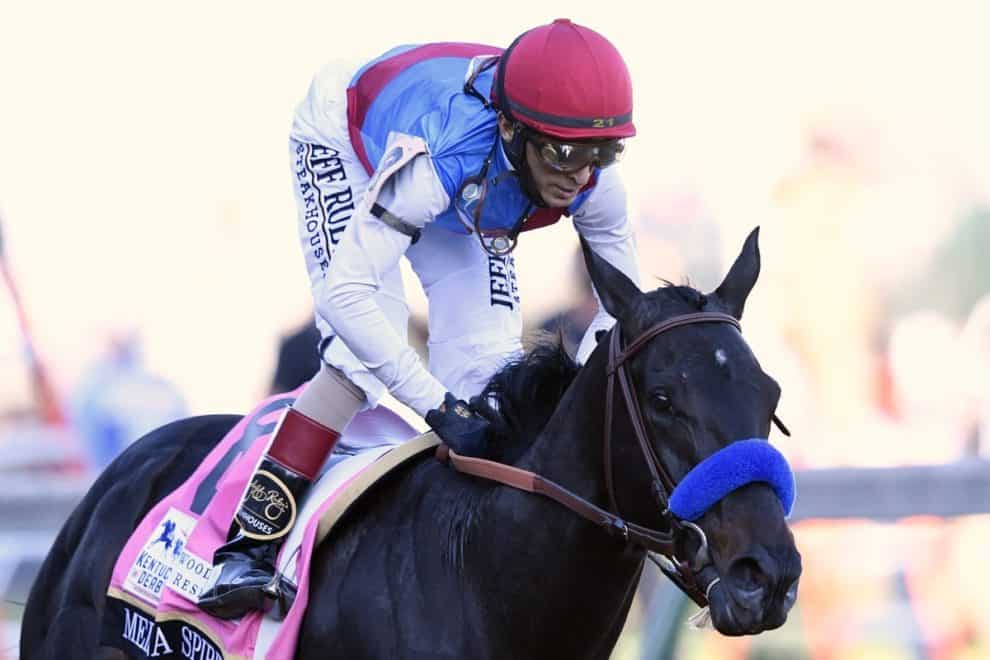
- Bob Baffert trained Medina Spirit led wire to wire in the Kentucky Derby.
- Reports now indicate that he tested positive for a regulated anti-inflammatory after the race.
- Horse racing has tried to reduce the use of drugs in the sport but there are questions about many guidelines.
The Kentucky Derby is all of a sudden mired in controversy after winning horse Medina Spirit has essentially ‘failed a drug test’. Bob Baffert is now at the center of controversy and has been barred from entering horses at Churchill Downs–at least temporarily.
While the mainstream sports media has been very irresponsible in how they’re reporting this story there’s a lot of nuance to the situation. Medina Spirit tested positive for betamethasone, a regulated anti-inflammatory given to horses to reduce swelling in their joints. It’s a class of medication known as corticosteroids and is similar to what a human doctor might give a patient to expedite healing after an injury. According to Baffert, his horse tested positive for 21 picograms of the drug per milliliter of blood serum.
The horse racing industry has been trying to reduce the overall use of medication in the sport and particularly during races. Although the use of corticosteroids is permitted in training, it is not permitted to be administered less than 14 days prior to racing. This is where it gets tricky–there are plenty of critics in the racing industry that suggest there are serious problems with the entire process. A major component of these critiques is what are considered arbitrary guidelines for drug thresholds and withdrawal times. Regulations are often written without adequate medical and scientific input which creates drug thresholds that are so low that horses can ‘test positive’ through accidental contamination. The same problem exists with withdrawal times–they’re often rooted more in bureaucracy than in science.
Further thickening the plot is Baffert’s claim that Medina Spirit has never been given betamethasone. If this is accurate, it points to a cross contamination issue. Kentucky racing stewards have not officially released the result of the test. Like most racing regulatory bodies, the Kentucky Horse Racing Commission will not officially announce a positive test until a split sample has confirmed the result. This can take several weeks. In the current case, Baffert decided to ‘go public’ with the news of the failed test to quell any rumors about the situation. Baffert has ordered his own testing to validate the sample.
Baffert has a variety of legal options at all levels of the process. He could seek a restraining order to preclude Churchill Downs from banning his entries while the process plays out. The specific rights vary from state to state but he has the right to appeal any decision. Should Medina Spirit’s positive test end up being validated he could be disqualified from the Kentucky Derby. The last time a horse was DQ’d from the Kentucky Derby due to a failed test was 1968 when Dancer’s Image tested positive for phenylbutazone, a painkiller.









